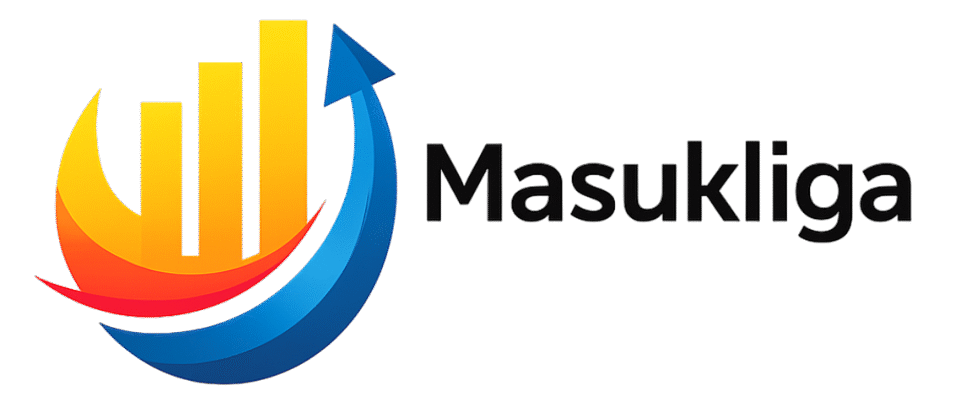Digital Banking Solutions: 2025 Guide to Platforms and Features
The banking world is converging on a simple premise: customers expect seamless, secure, personalized financial services available anywhere and at any time. In response, institutions are adopting digital banking solutions that blend cloud-native technology, API-first architectures, and data-driven experiences. This 2025 guide explores the platforms and features shaping the next generation of banking—from neobank stacks and embedded finance toolkits to real-time payment rails, AI copilots, and regulatory-grade security. Whether you’re a traditional bank modernizing your core, a fintech launching a specialized product, or an enterprise embedding financial capabilities, this article unpacks what matters most, how to choose wisely, and how to deliver lasting value.
What Counts as a Digital Banking Solution?
Defining the Modern Banking Platform
A modern digital banking platform is a software ecosystem that enables banks, credit unions, fintechs, and non-financial brands to offer accounts, payments, cards, lending, wealth, and financial insights to customers across channels. Today’s solutions span multiple categories:
- Online and mobile banking suites for retail and SMB customers
- Corporate and treasury digital portals for complex cash management and FX
- Banking-as-a-Service (BaaS) for embedding financial products into non-bank apps
- Core banking systems and Core Banking as a Service (CBaaS) for product and ledger management
- Payment orchestration platforms for domestic and cross-border rails
- Open banking aggregators and API hubs for connectivity and data sharing
- Fraud, risk, and compliance engines powered by advanced analytics
Key Components You Should Expect
- Channels: web, mobile apps, chatbots, call center tools, and partner channels
- Product engines: configurable deposits, lending, cards, and investments
- Payments and transfers: instant payments, ACH/SEPA, wires, card rails, QR
- Identity and onboarding: KYC/KYB, eIDV, document checks, and consent capture
- Security: MFA, passkeys, device binding, behavioral biometrics, transaction signing
- Data and analytics: real-time telemetry, customer 360, AI-driven insights
- Compliance: AML, sanctions screening, privacy controls, and auditability
- Developer tooling: SDKs, sandboxes, webhooks, and observability
The 2025 Market Landscape
The market for digital banking ecosystems is broad and fast-moving. Institutions typically assemble a composable stack, mixing best-of-breed components rather than a single monolith. In 2025, four forces are shaping choices:
- Real-time everything: Payments, risk scoring, and service resolution are moving to sub-second SLAs.
- Open finance: APIs are expanding beyond banking data to include investments, pensions, insurance, and payroll.
- Regulatory resilience: With laws like the EU’s DORA and stricter operational expectations globally, resilience is a differentiator.
- AI augmentation: From customer service to risk and operations, AI copilots drive productivity and personalized experiences.
Providers range from cloud-native neobank platforms to modernized cores, payment gateways, and compliance-as-a-service. Banks increasingly leverage embedded finance to access new distribution channels while retaining risk control.
Architecture and Deployment Models
Robust digital finance platforms favor modularity and resilience. Common patterns include:
- Microservices and containerization to scale features independently
- API gateways with throttling, tokenization, and fine-grained scopes
- Event-driven architecture using message queues and streaming for real-time updates
- Data fabric or lakehouse for unified analytics across transactional and behavioral data
- Zero Trust security with continuous verification and least-privilege access
- Multi-cloud or hybrid cloud strategies for portability and resilience
Deployment options vary:
- SaaS for speed-to-market and lower operational overhead
- Private cloud for stronger data residency and customization
- On-prem + cloud hybrid during core modernization or specific regulatory contexts
Core Features: What “Good” Looks Like in 2025
Onboarding, Identity, and Customer Lifecycle
- Seamless KYC/KYB: Document capture, selfie liveness, database checks, and eID methods
- Risk-based onboarding: Adjustable verification steps based on risk scoring
- Consent and privacy: Clear permissions, revocation, and data portability
- Workflow automation: Case management for exceptions and escalations
Accounts, Cards, and Lending
- Configurable product factory: Custom fees, interest tiers, rewards, and bundles
- Card issuing and tokenization: Instant virtual cards, network tokenization, and wallet provisioning
- Credit lifecycle: Originations, pricing, underwriting, disbursement, and collections
- SMB and corporate features: Sub-accounts, user roles, approval chains, and entitlements
Payments and Money Movement
- Instant rails: Support for RTP networks and immediate posting
- Cross-border orchestration: Multi-rail routing, FX optimization, ISO 20022 messages
- Request to pay and QR: Invoice-to-payment flows and merchant QR acceptance
- Reconciliation: Automated matching, virtual accounts, and rich remittance data
Customer Experience and Engagement
- Omnichannel continuity: Start a journey on mobile and finish on web or via agent
- Personalized insights: Spend categorization, nudges, goal tracking, and cash-flow forecasts
- AI-enabled service: Chatbots that escalate gracefully, agent assist, and sentiment analysis
- Marketing and offers: Next-best-action, A/B testing, and triggered campaigns
Risk, Fraud, and Security
- Adaptive authentication: Passkeys, device fingerprinting, step-up challenges based on risk
- Behavioral analytics: Keystroke, swipe, and session intelligence to detect anomalies
- Transaction monitoring: Rules plus machine learning models for AML and fraud
- Strong encryption: Data-in-transit and at rest, secrets management, HSM usage
Operations and Developer Experience
- Observability: End-to-end tracing, SLO dashboards, and proactive alerts
- Self-service tools: Admin consoles, sandbox environments, and API catalogs
- Automation: CI/CD pipelines, infrastructure as code, and automated deployments
- Extensibility: Plugins, event hooks, and low-code interfaces for business users
Compliance and Regulation: What to Prioritize in 2025
Regulatory expectations are rising, especially around operational resilience, data protection, and customer outcomes. Key areas and frameworks:
- DORA (EU): Digital operational resilience obligations for financial entities and critical third parties
- PCI DSS 4.0: Payment card data security updates with stricter controls and validation
- AML/CFT: Ongoing monitoring, sanctions screening, suspicious activity reporting
- Privacy: GDPR and global analogs, data minimization, lawful basis, DSAR handling
- Consumer fairness: Clear disclosures, bias mitigation in AI, complaint handling
- Open banking/open finance: Secure APIs, consent management, and standardized data schemas
Mature digital banking stacks include audit trails, model governance for AI, and policy-as-code to prove compliance continuously.
User Experience and Accessibility
Winning platforms build trust through clarity, speed, and inclusivity:
- WCAG 2.2 adherence: keyboard navigation, contrast, screen reader support
- Clear microcopy and progressive disclosure

